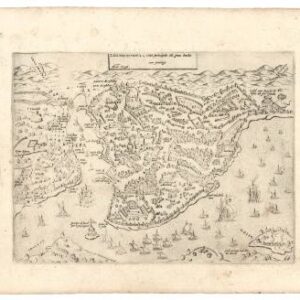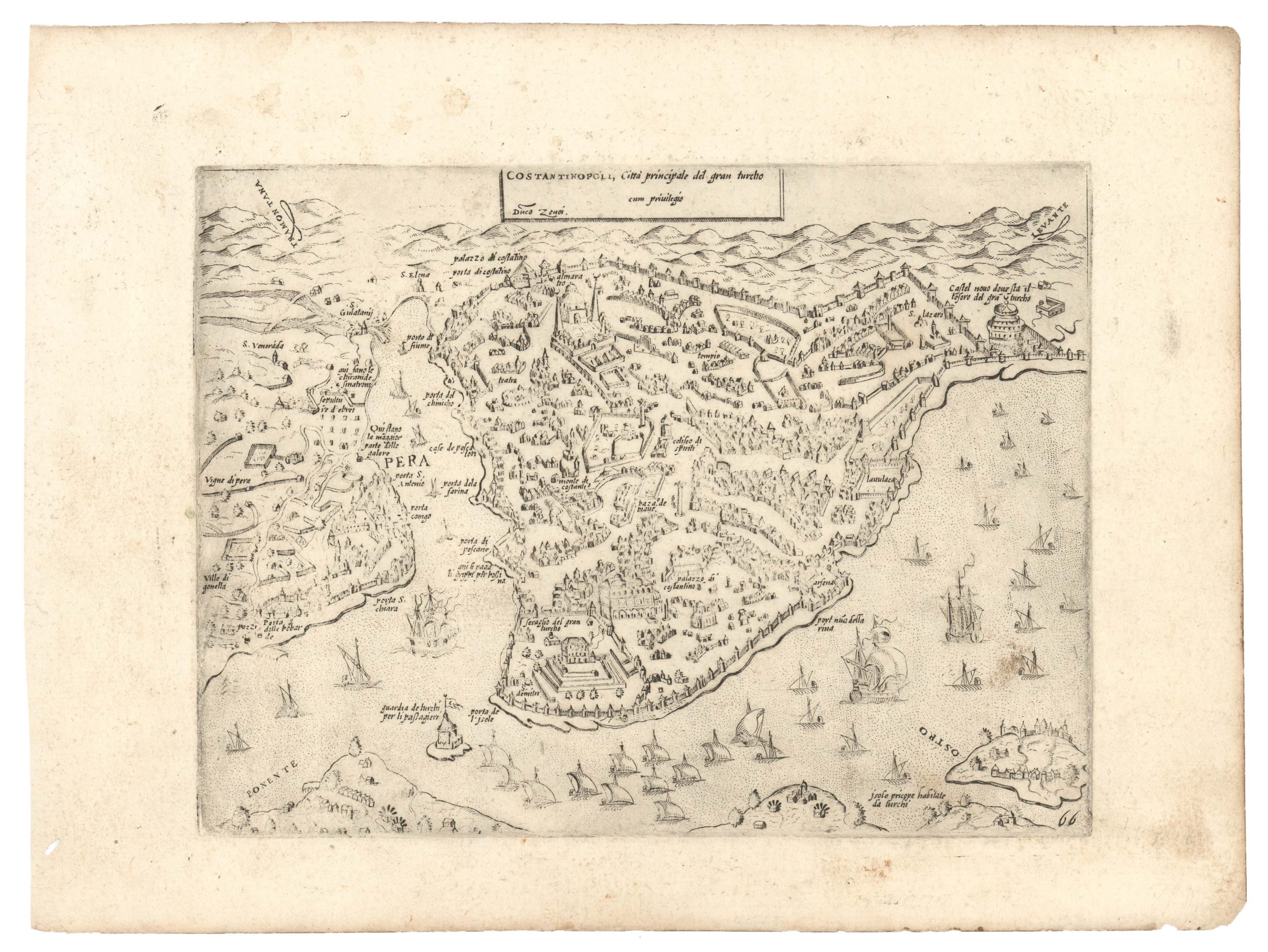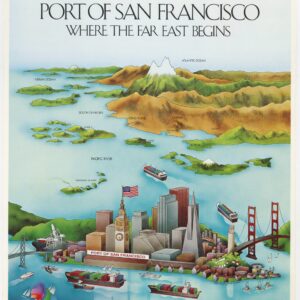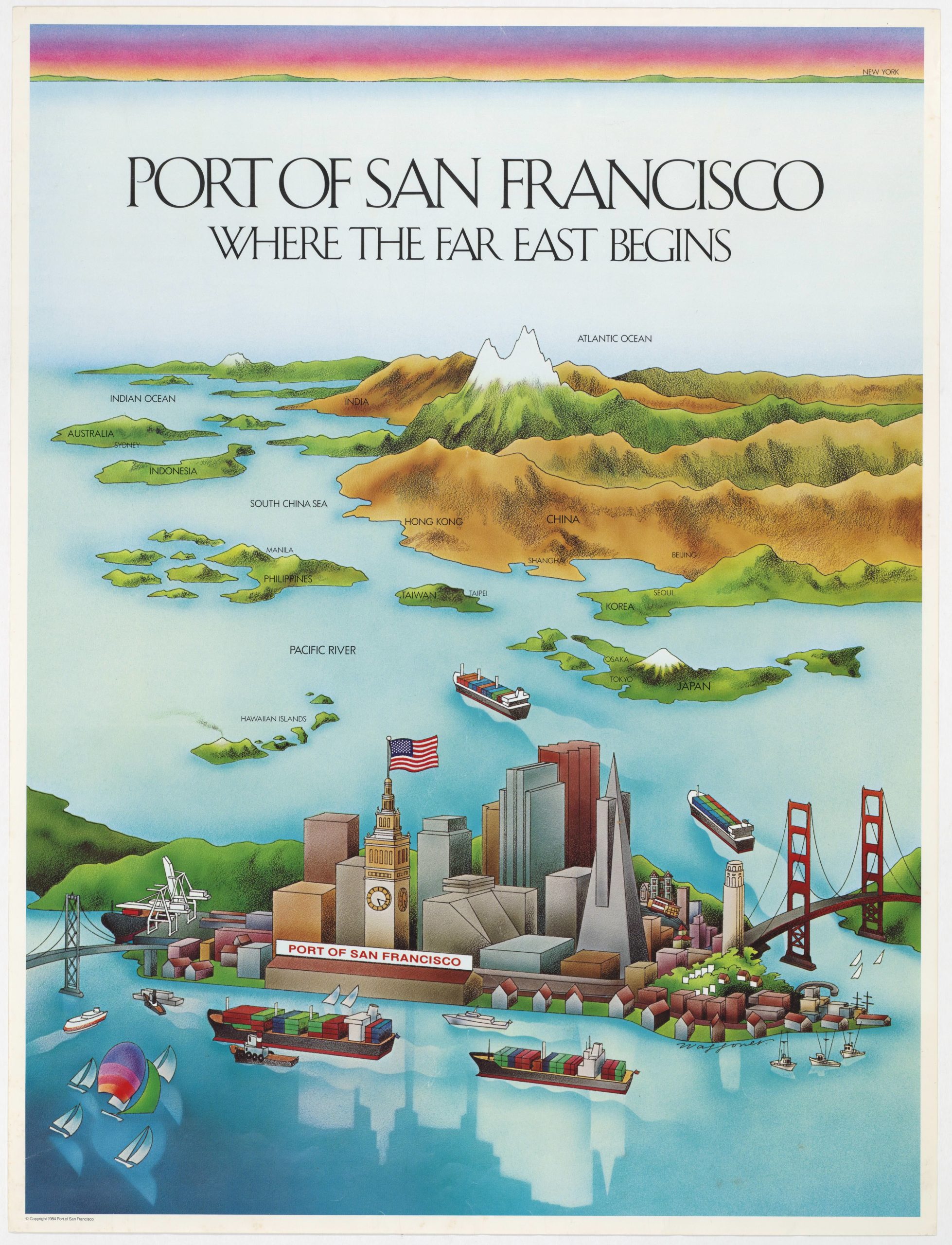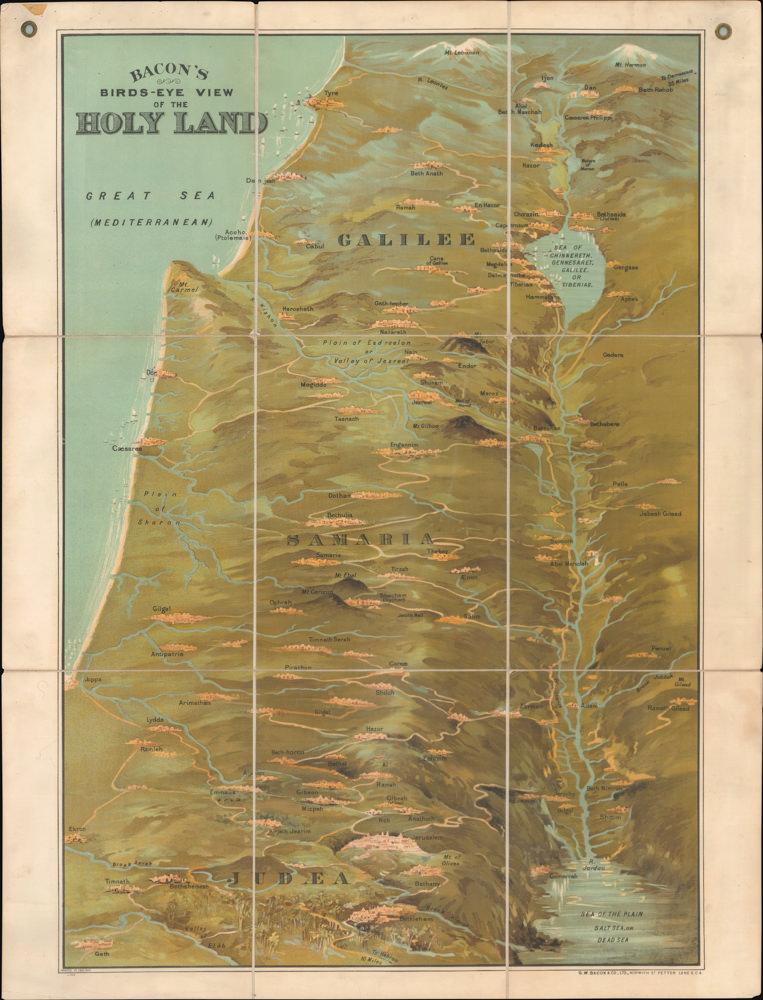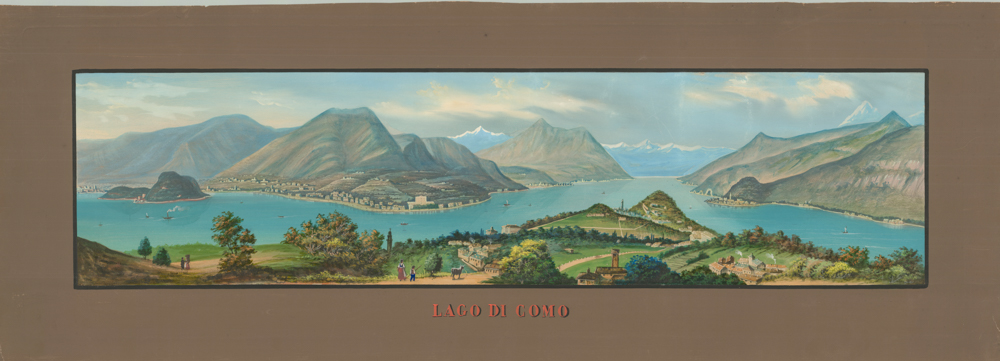Before Salesforce Tower: one of the finest and rarest early views of San Francisco.
City of San Francisco from Rincon Point Tinted lithographed by C. Parsons N.Y., Deld by F.N. Otis M.D. Surgeon In USM Steamship COS Service, Entered according to Act of Congress in the year 1855, by F.N. Otis in the Clerk’s Office of the District Court of the Southern District of New York
Out of stock
Description
This sweeping panoramic view of San Francisco, published in the year 1855, captures the city as it settles into its new urban standing as the financial center of the American West. The artist, Flessenden Nott Otis, drew the view from a point on Rincon Hill, at the time San Francisco’s most stylish residential area. It is hard to imagine, but if we were to take a picture from the same spot today, standing at about the center would be Salesforce Tower.
Otis composed the original while he was a physician and ship’s surgeon in the service of the United States Mail Steamship Company on the Panama to California route between 1853 and 1859. He was likely visiting prominent businessman William F. Babcock, whose home was located at 11 Essex Street on Rincon Hill. Babcock is pictured along with his wife and three children and another friend, John Forbes of New York, in the garden of the home occupying the foreground of the composition. At the time, Babcock was head of the Pacific Mail Steamship Company, one of the most powerful and influential corporations on the West Coast. It is no surprise, then, that he built his home on Rincon Hill, where the city’s prosperous merchants and professionals established themselves away and above the factories and saloons of the working class neighborhoods closer to Yerba Buena Cove.
The work being offered here is the rare lithograph produced from the drawing by preeminent engraver Charles Parson and published by Endicott & Co. in New York. The viewer looks north over Happy Valley and the South of Market Area towards Telegraph Hill, Russian Hill, and Nob Hill (then known as California St. Hill). In the far background, beneath a calm early afternoon sky, we see parts of Marin County, including Mt. Tamalpais and Angel Island. Yerba Buena Island and the East Bay Hills rise to the right of the composition. Several landmarks are immediately recognizable, including St. Mary’s Church part way up Nob Hill, old city hall at Portsmouth’s Square, and the structure atop Telegraph Hill — originally a semaphore station, two years prior it became a telegraph node linked to Point Lobos, forming the first telegraph line in California. At the far right of the panorama, we see the U.S. Marine Hospital at Rincon point, which opened a year earlier in 1854 (it was abandoned in 1868 and a new hospital was built at the Presidio).
While we are in one sense still at the genesis of the gold rush city, a five year period from 1850 to 1855 that saw a population boom at the once sleepy port town of Yerba Buena, San Francisco in the year this view was published was starting to transition towards a more diverse metropolis. It was still a city of miners, sailors, and merchants to be sure, by much of the actual mining was done by larger consolidated entities, rather than the romantic figure of the lone prospector with his gear slung over his shoulder. Fortune seekers had come from all over the world and most had failed in their quest. Many settled in San Francisco and took up their old trades. Butchers, bakers, blacksmiths, shopkeepers, shoemakers, expressmen, and many more in this way served as vital cogs in the gold rush economy without ever picking up a shovel. Gold was either minted in San Francisco, or carried east by the clipper ships and ocean-going vessels that fill Yerba Buena Cove in our view.

At the same time, San Francisco was growing as an industrial hub, evidenced by the various plumes of black smoke and industrial structures seen in the view. Foundries, rope works, tanneries, and more filled the district south of Market St. Of particular note on our panorama is a large grey building with an active smoke stack at the center of the composition; this is Peter Donahue’s San Francisco Gas Company, a forerunner of Pacific Gas and Electric Company. The building seen here is the original location of the gas works, bounded by First, Fremont, Howard, and Natoma streets. Work on the plant started in November 1852, and finished a few months later. On the night of February 11, 1854, the streets of San Francisco were for the first time lighted by gas. To celebrate the event, the company held a gala banquet at the Oriental Hotel.

We note that Donahue’s gas works are situated at the shore of San Francisco Bay. This area today is of course inland by several blocks. Thus the infilling of the Bay which extended the city’s footprint to the east was not as advanced in the area of south of market as around today’s downtown, where by 1855 the process was well underway. But we do see a series of piers that would eventually become Beale and Main streets. Between the piers, a stationary ship adjacent a building is perhaps a representation of a storeship, an abandoned vessel converted into a mud-moored building used for storage. Further evidence of the still evolving natural landscape is seen to the west of the San Francisco Gas building, where a massive sand dune towers over nearby houses and buildings. The area south of Market St., and indeed much of the city, was originally filled with dunes, some of which reached as high as 80 feet tall. They were eventually razed to the ground, and much of the sand used to infill the Bay. Our view captures this process before its completion.

Overall, this stunning work is both a fantastic decorative piece that deserves to be framed and displayed on a prominent wall, as well as a historical document that tells the story of San Francisco during its most exiting era.
Cartographer(s):
Charles Parsons (1821–1910) was one of the most successful and important lithographers of the nineteenth century, and also publisher of the famous 1878 Currier & Ives “City of San Francisco.”
Endicott & Co.Endicott & Co. were prolific publishers active in New York in the 19th century.
Condition Description
Small tear lower right-hand corner, else fine.
References
